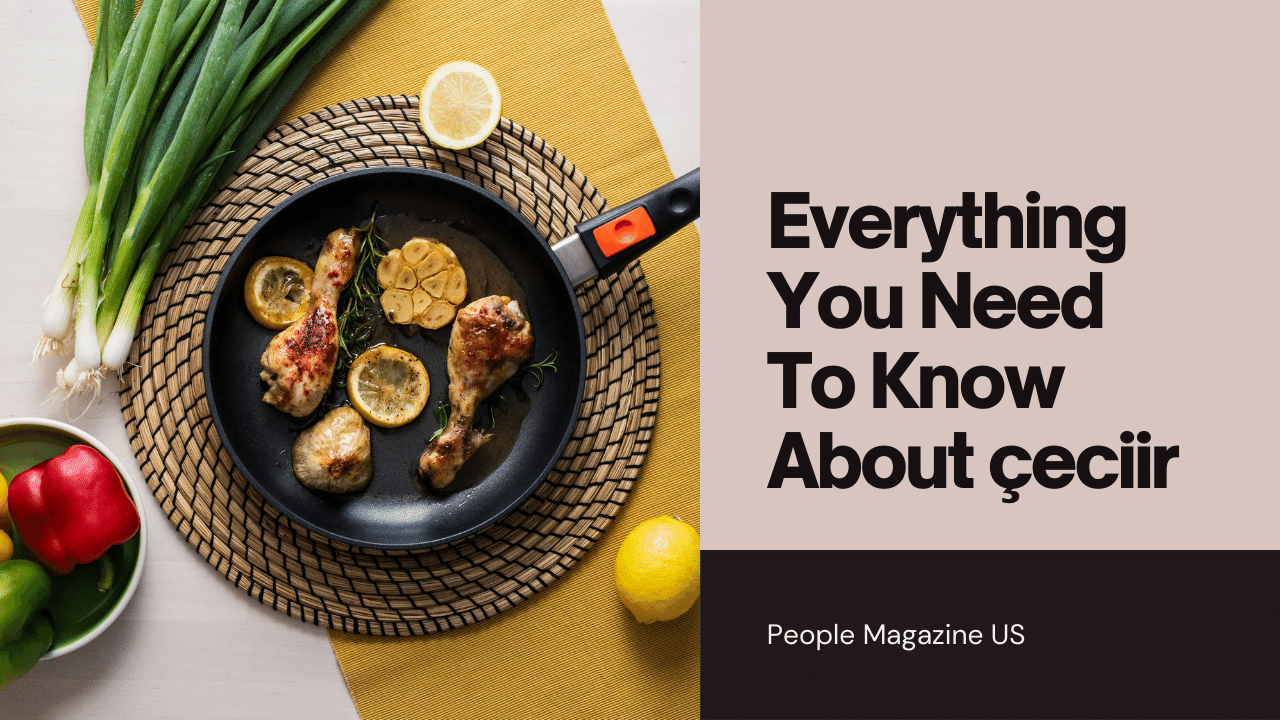A culinary and cultural odyssey, çeciir invites us to explore its rich tapestry woven through Turkish tradition and beyond. This ancient legume, more than just a staple in Turkish cuisine, embodies a heritage of craftsmanship, a beacon of health benefits, and a symbol of communal bonds and celebrations.
Ancient Origins:
The journey of çeciir begins in the cradle of civilization, where it has been cultivated and cherished for thousands of years. Originating from the fertile lands of Anatolia, çeciir, also known globally as chickpeas, has carved its niche not only in Turkish cuisine but also in the culinary traditions of many cultures worldwide. This ancient legume’s story is a tale of adaptation and endurance, mirroring the evolution of the societies that have nurtured it.
Adaptation and Endurance:
Archaeological evidence suggests that the cultivation of çeciir dates back over 7,500 years, making it one of the earliest farmed crops. Its resilience and nutritional profile led to its widespread adoption and cultivation across the Middle East and Mediterranean regions. Through trade routes and conquests, çeciir found its way into the diets and hearts of people across Europe, Africa, and Asia, adapting to various climates and culinary terrains.
Symbolism and Tradition:
As çeciir traveled across continents, it transformed from a simple source of sustenance into a symbol of tradition, hospitality, and innovation. In Turkey, it became integral to both daily meals and festive celebrations, showcasing the versatility of this humble bean. From savory dishes like falafel and hummus to sweet delights such as çeciir-based desserts, its ability to transcend culinary boundaries is unparalleled.
Culinary Versatility:
The culinary applications of çeciir are as diverse as the cultures that embrace it. One of the most celebrated dishes, hummus, exemplifies the simplicity and elegance of çeciir-based cuisine. This creamy, savory spread combines cooked çeciir with tahini, lemon juice, garlic, and spices, creating a dish that is both versatile and universally beloved. Beyond hummus, çeciir serves as the foundation for a variety of culinary creations, including falafel, soups, stews, salads, and snacks.
Artisanal Craftsmanship:
The crafting of çeciir into various culinary forms is a testament to the artisanal skills honed over generations. Each region in Turkey and beyond infuses its own unique touch by roasting, grinding, or blending çeciir into an array of dishes that reflect local tastes and traditions. This artisanal craftsmanship highlights the cultural significance of çeciir, embedding it deeply within the fabric of societal rituals and daily life.
Modern Revival:
In recent years, the global revival of interest in traditional and sustainable foods has spotlighted çeciir once again. As a protein-rich, environmentally friendly crop, it aligns with contemporary concerns about health, nutrition, and sustainability. This renewed interest has sparked innovation in cereal cultivation and culinary use, propelling it from its ancient origins into the forefront of modern gastronomy and nutrition science.
Nutritional Profile:
Çeciir, renowned for its rich nutritional profile, has long been celebrated not only as a culinary staple but also as a cornerstone of health and wellness. This legume packs a powerful punch of vitamins, minerals, fiber, and protein, making it an ideal ingredient for anyone looking to enhance their diet. Its health benefits extend far beyond basic nutrition, offering preventive and therapeutic properties that have been acknowledged for centuries.
Traditional Medicine:
Traditionally, çeciir has been used in various forms of traditional medicine to treat a wide range of ailments. Its nutritional properties have been tapped into to boost immunity, improve skin health, and even serve as a natural remedy for conditions such as high blood pressure and digestive disorders. This ancient legume’s role in traditional health practices underscores its timeless relevance to human wellness.
Cooking Techniques:
To fully harness the potential of çeciir in cooking, consider these tips:
- Soaking: Soaking dried çeciir overnight reduces cooking time and improves digestibility.
- Spices: Experiment with spices and herbs to enhance the natural nuttiness of çeciir.
- Texture: Adjust the cooking time to achieve the desired texture, from firm for salads to soft for spreads and soups.
Classic Recipes:
For those looking to incorporate çeciir into their diet, here are a couple of simple yet delicious recipes:
Classic Hummus:
- Ingredients: cooked çeciir, tahini, olive oil, lemon juice, garlic, salt, and cumin. Blend all ingredients until smooth, adjusting the consistency with water as needed. Serve with a drizzle of olive oil and a sprinkle of paprika.
Summarize the enduring appeal of çeciir
The cultural and culinary significance of çeciir is a testament to its enduring appeal and importance. As a symbol of heritage, community, and culinary artistry, it continues to enrich lives and palates around the world. Embracing çeciir in daily diets not only pays homage to its rich cultural heritage but also leverages its potent health benefits, reinforcing its status as a truly remarkable food for past, present, and future generations.



